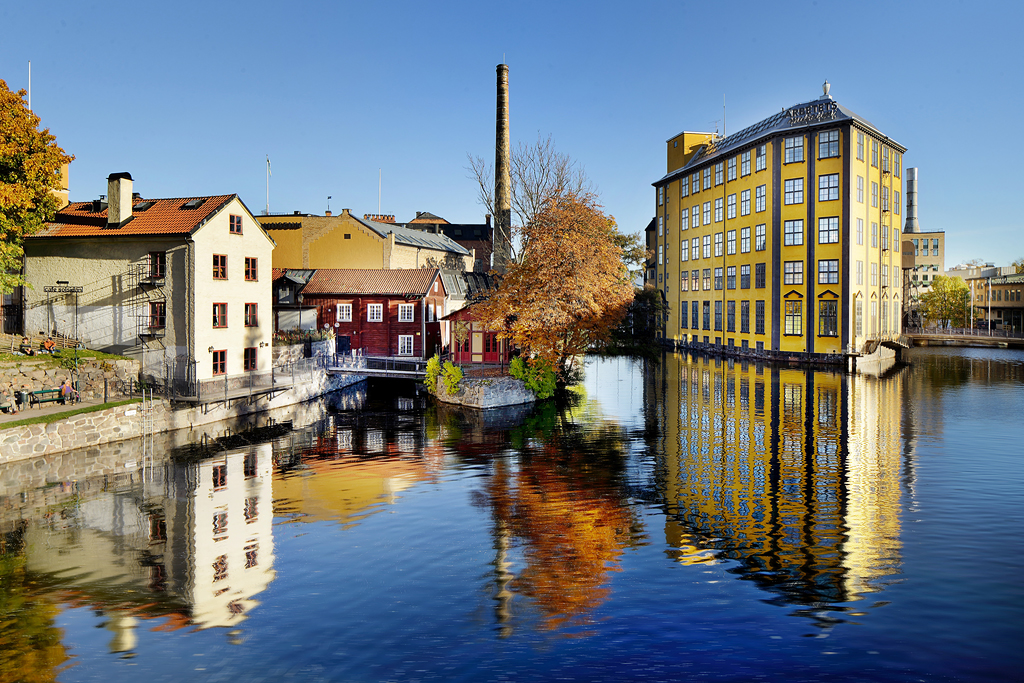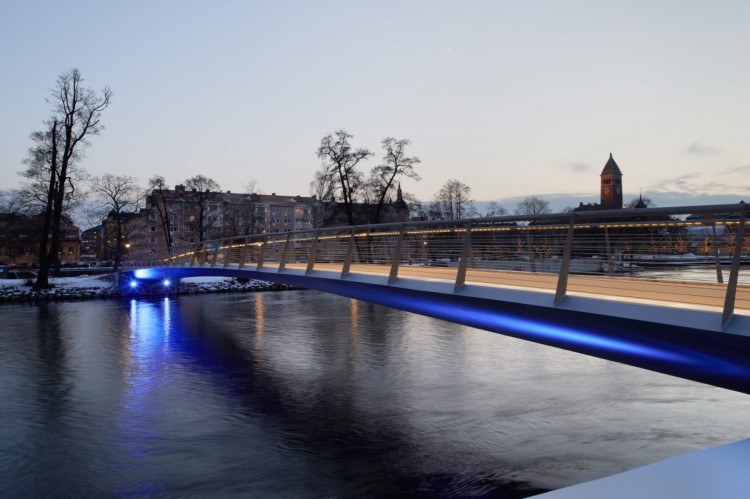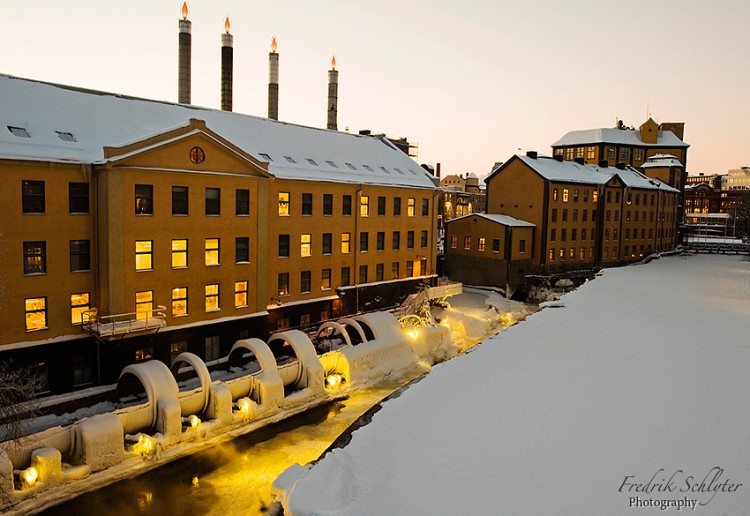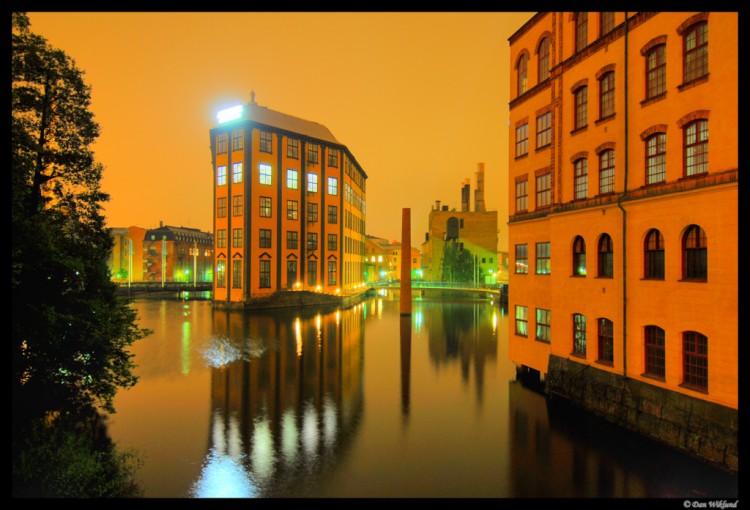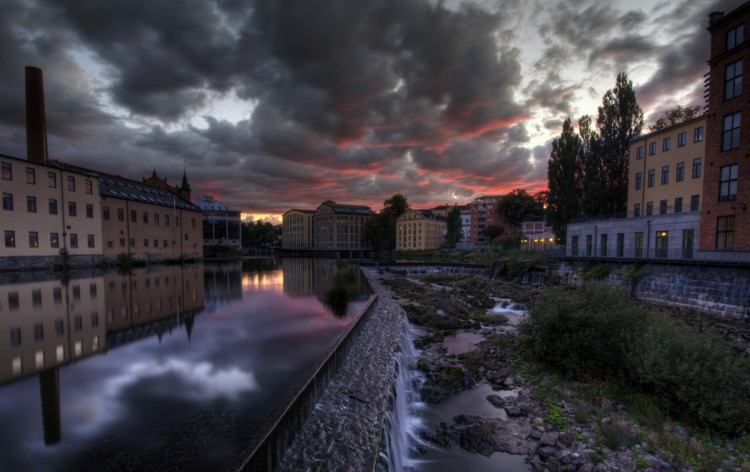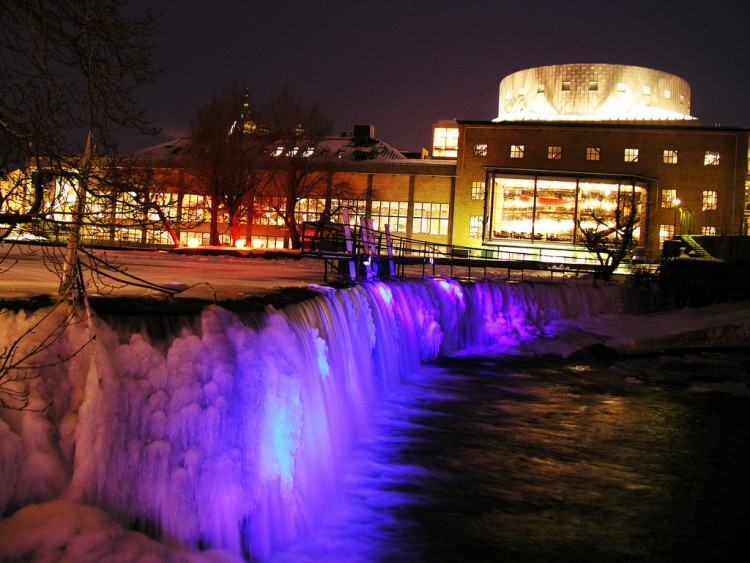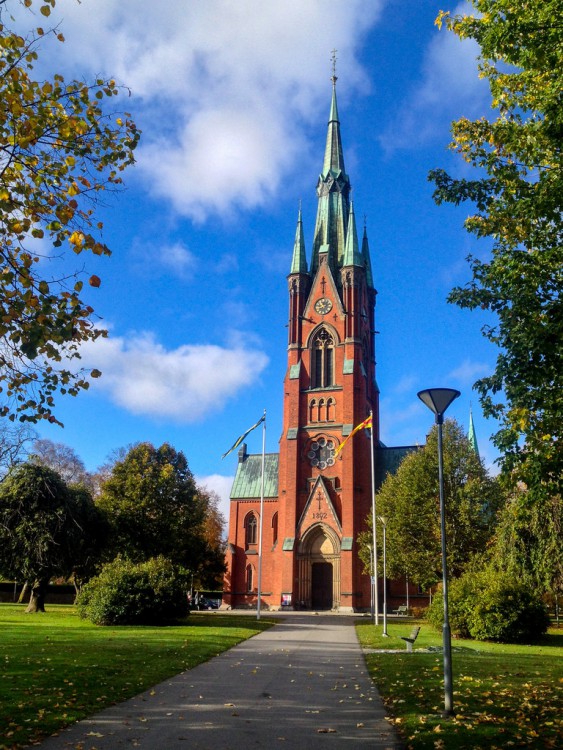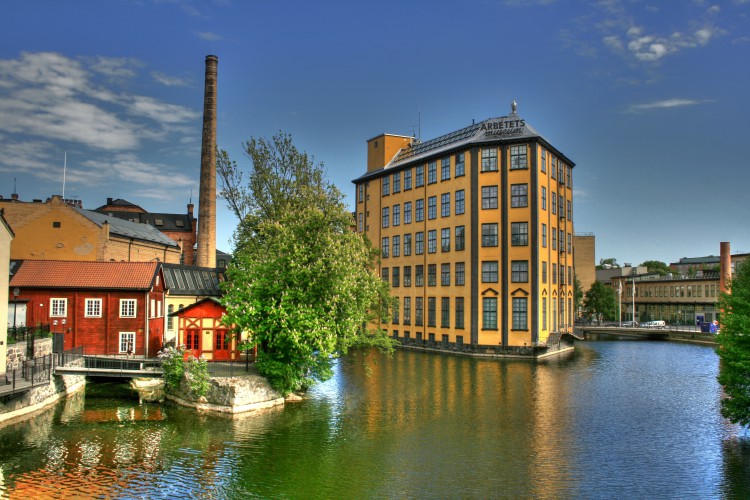About two hundred kilometers from the capital of Sweden is a small, but incredibly beautiful and fairly developed industrial city of Norrköping, whose name translates as “northern trading place”. In terms of industrial production in the 19th century, it was one of the three largest manufacturers in the country. The city itself is located practically on the water, which makes it interesting for tourists and photographers.
But Norrköping was not always an industrial city. The first mentions of Norrköping date back to the 12th century, when the Church of St. Olaf, considered by the Norwegian neighbors to be their patron saint, stood on its site. Since the 14th century, Norrköping has received the status of an urban settlement, the inhabitants of which were mainly engaged in salmon fishing. The use of landscape features – the rapids of the Motala River – as a source of energy allowed the development of the flour milling industry. For its focus on industrial production, Norrköping was sometimes called the “Swedish Manchester”. The ancient chemical, textile, paper, and electrical industries have now been given the status of museums. And now on their territory you can see ancient collections of still functioning machines and equipment and the fruits of the labors of the masters of the past era.
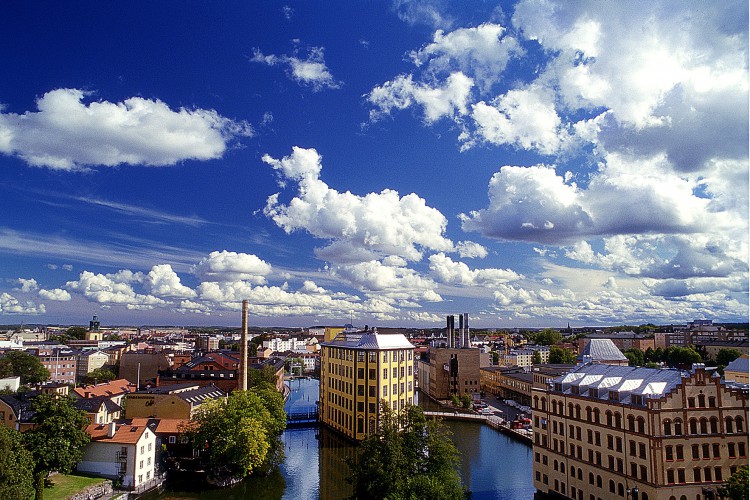
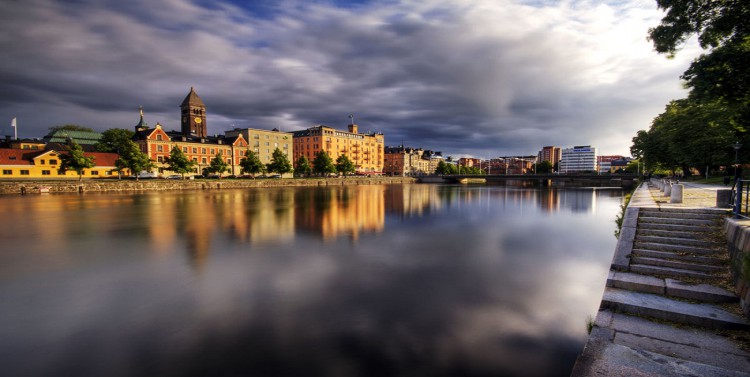
The largest of them is the City Museum on the site of an old weaving factory. Its exhibition provides information about the life of one of the city’s founders, the entrepreneur Louis de Gire.
The industrial theme can be traced in two more interesting places for tourists to visit – the Mill Museum with a mill that is still in operation today and the Museum of Labor. In general, almost the entire old part of the city center has been turned into a museum.
Since the 19th century, when one of the largest Jewish communities in the country lived in Norrköping, a synagogue on Bradgastan Street has been preserved.
A wonderful panoramic view of the city opens up from the 50-meter and 68-meter heights of the tower on the city hall.
Tourists interested in modern art will find many interesting sculpture and painting exhibits in the Museum of Art, where art exhibitions are regularly held. One of the favorite places to visit for families with children is the largest zoo in Scandinavia, Kolmården. This is, first of all, a protected area, a safari park, a magnificent view of which opens up from the height of the cable car.
If earlier it was possible to travel around the park in your own car, then later this was prohibited, which had a positive effect on the animals kept here. Not far from the zoo, little travelers will find a dolphinarium and an aquarium with a terrarium. The main types of transport for city residents are bicycles and city trams.
An important milestone for transport was the transition of Sweden in 1967 from left-hand to right-hand traffic, which required the renewal of the tram fleet. The old carriages were re-equipped, and two dozen new carriages with the “correct” arrangement of doors were brought in. The tram network consists of only two routes, numbered 2 and 3, while route number 1 is already closed.
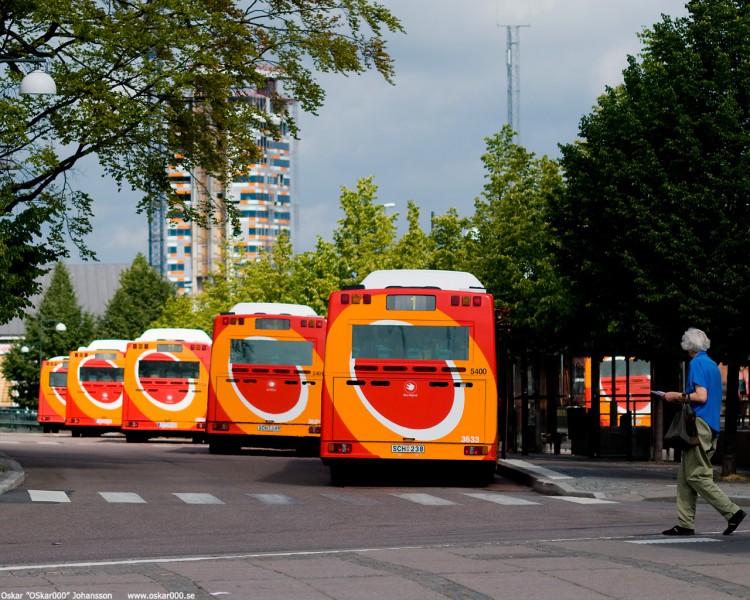
Another “tram” detail is curious – the presence of a four-line track layout on Queen Street. Because the street is very narrow, the trams cross it alternately, sometimes in one direction, sometimes in the opposite direction. In the summer, several old museum cars come out onto the city streets, which also cannot fail to attract attention.
Architecture lovers will be able to enjoy contemplating buildings in the “modernism” style – functional, with a lack of decorativeness. Even the city’s layout was described in the Brockhaus and Efron dictionaries as “straight streets”. But even this severity has its own unique beauty. And it is for the interweaving of historical monuments of crafts, Scandinavian hospitality and northern nature that guests from all over the world come with pleasure to this small but interesting city of Norrköping.
Source: travelworld.biz

